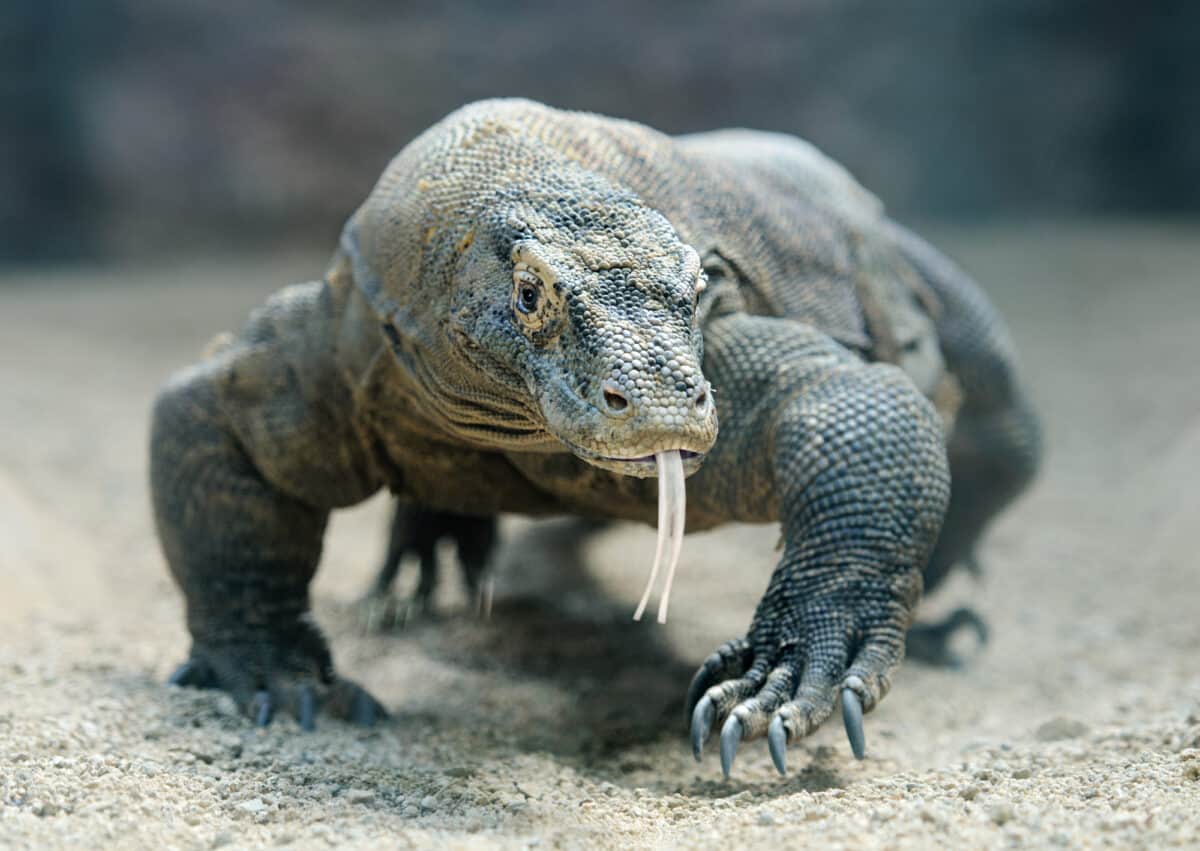Monitor lizards and Komodo dragons are both fascinating reptiles, but they belong to different genera and have distinct characteristics. While they share similarities, such as belonging to the family Varanidae, there are significant differences between them. Let’s explore into their unique traits, habitats, physical appearances, and behaviors to better understand these remarkable creatures.
Unique Traits of Monitor Lizards
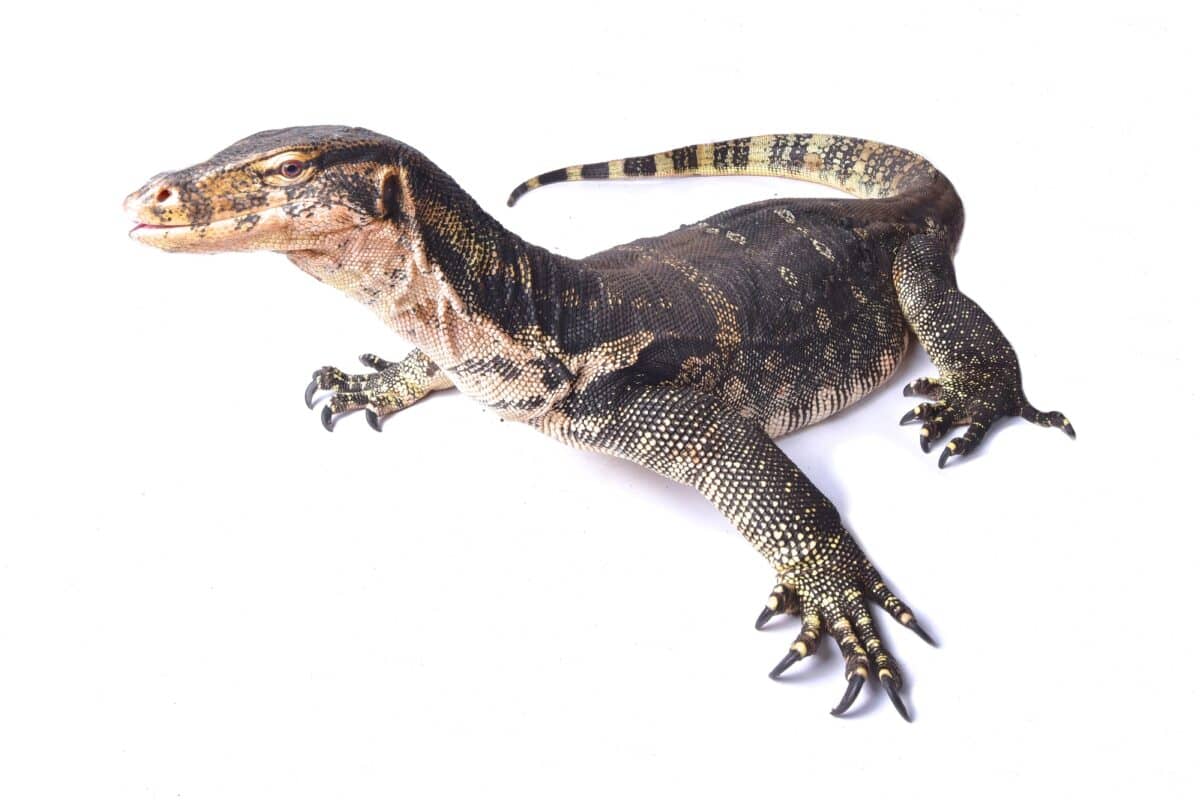
Varied Species and Sizes
Monitor lizards comprise a diverse group of species, ranging from the small and agile to the large and imposing. Species like the Nile monitor and the Savannah monitor showcase this diversity, with some reaching lengths of up to 8 feet.
Forked Tongue Sensory Perception
Like many reptiles, monitor lizards possess a forked tongue, which they use to detect scent particles in their environment. This sensory adaptation helps them locate prey and navigate their surroundings with precision.
Unique Traits of Komodo Dragons
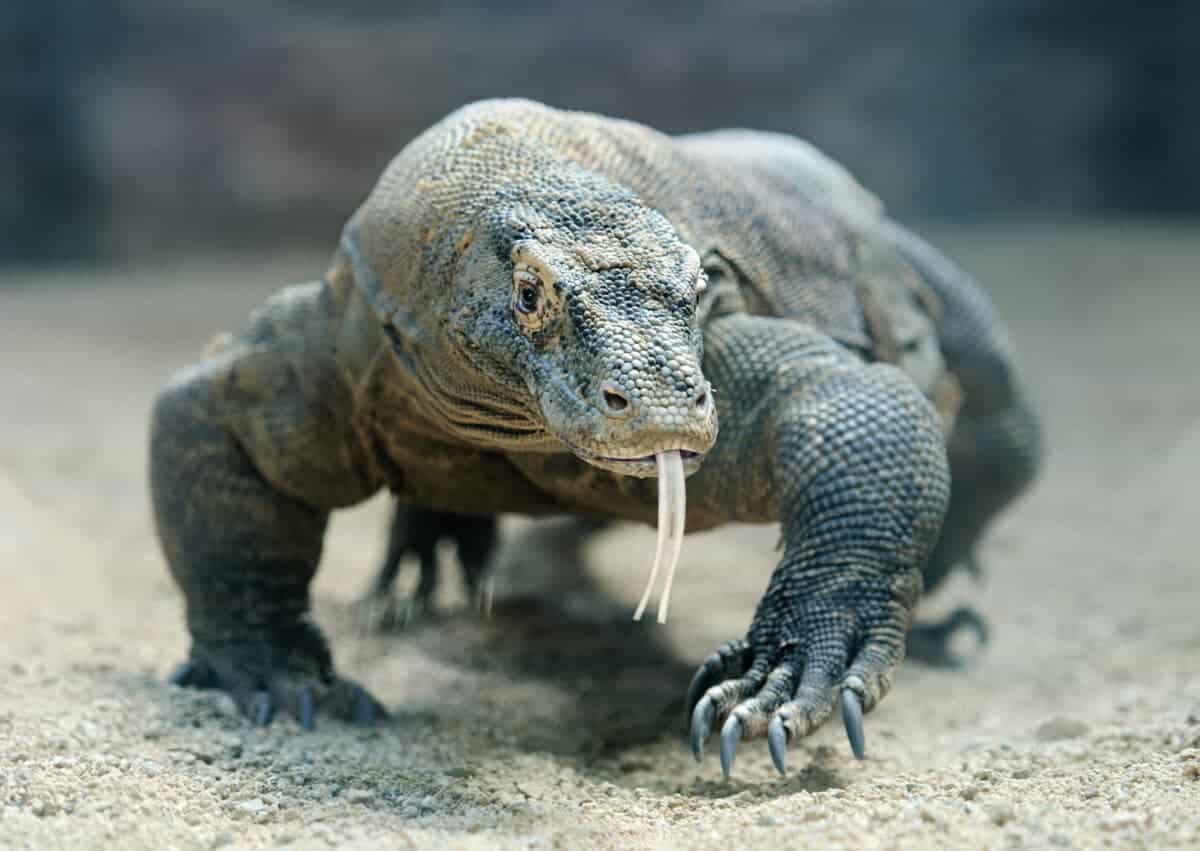
Largest Lizard Species
The Komodo dragon holds the title of being the largest lizard species on the planet, with some individuals reaching lengths of up to 10 feet and weighing over 150 pounds. This impressive size makes them apex predators in their ecosystem.
Venomous Bite
Unlike other monitor lizards, Komodo dragons have a venomous bite. Their saliva contains a cocktail of bacteria and toxins that can induce shock and prevent blood from clotting, ultimately leading to the demise of their prey.
Habitats
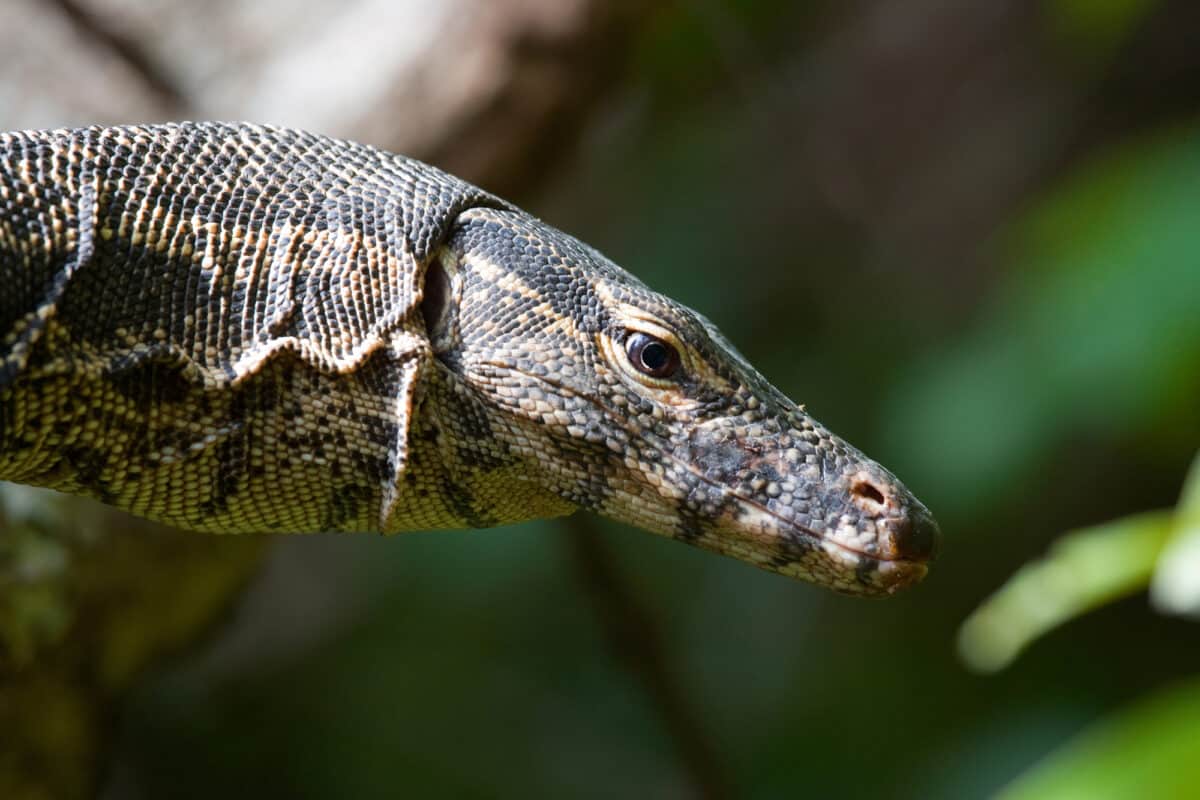
Monitor Lizards
Monitor lizards are found across various habitats, including forests, grasslands, deserts, and even urban areas. They are adaptable creatures, thriving in diverse environments across Africa, Asia, and Australia.
Komodo Dragons
Komodo dragons are native to a few islands in Indonesia, primarily the islands of Komodo, Rinca, Flores, and Gili Motang. They inhabit tropical savannas, forests, and brush-covered hillsides, preferring areas with adequate prey and access to water sources.
Physical Appearance
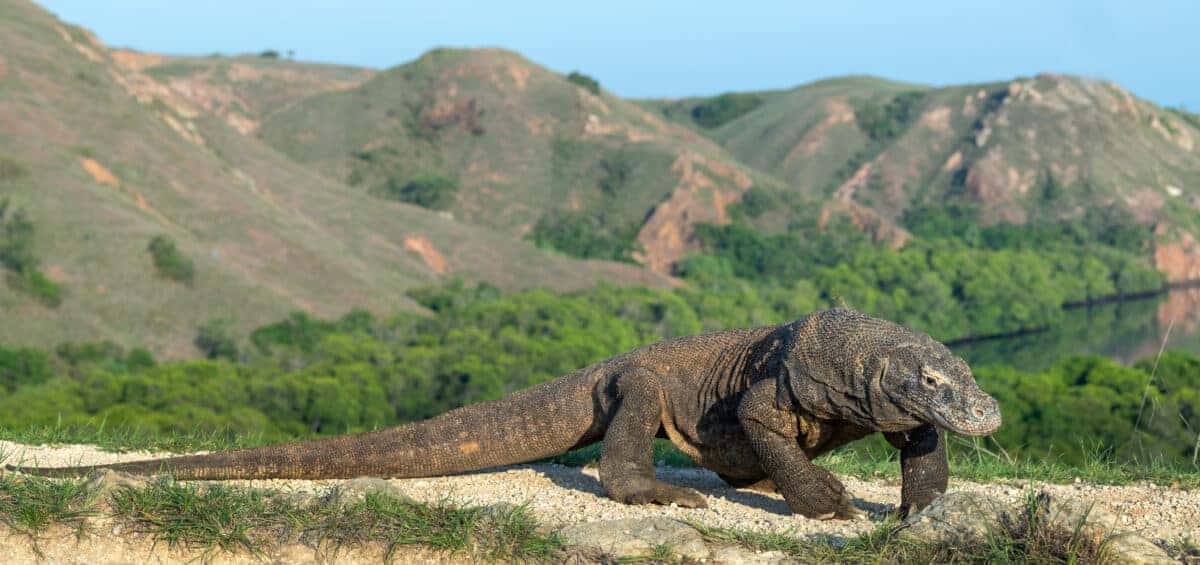
Monitor Lizards
Monitor lizards typically have elongated bodies, long tails, and strong limbs equipped with sharp claws. Their heads are triangular-shaped, with prominent nostrils and keen eyesight. Their coloration varies between species, ranging from earthy tones to vibrant patterns.
Komodo Dragons
Komodo dragons have robust bodies with thick, muscular tails and powerful jaws filled with serrated teeth. Their skin is armored with tough scales, providing protection against potential threats. They exhibit a range of colors, including gray, green, brown, and black, helping them blend into their natural surroundings.
Behaviors
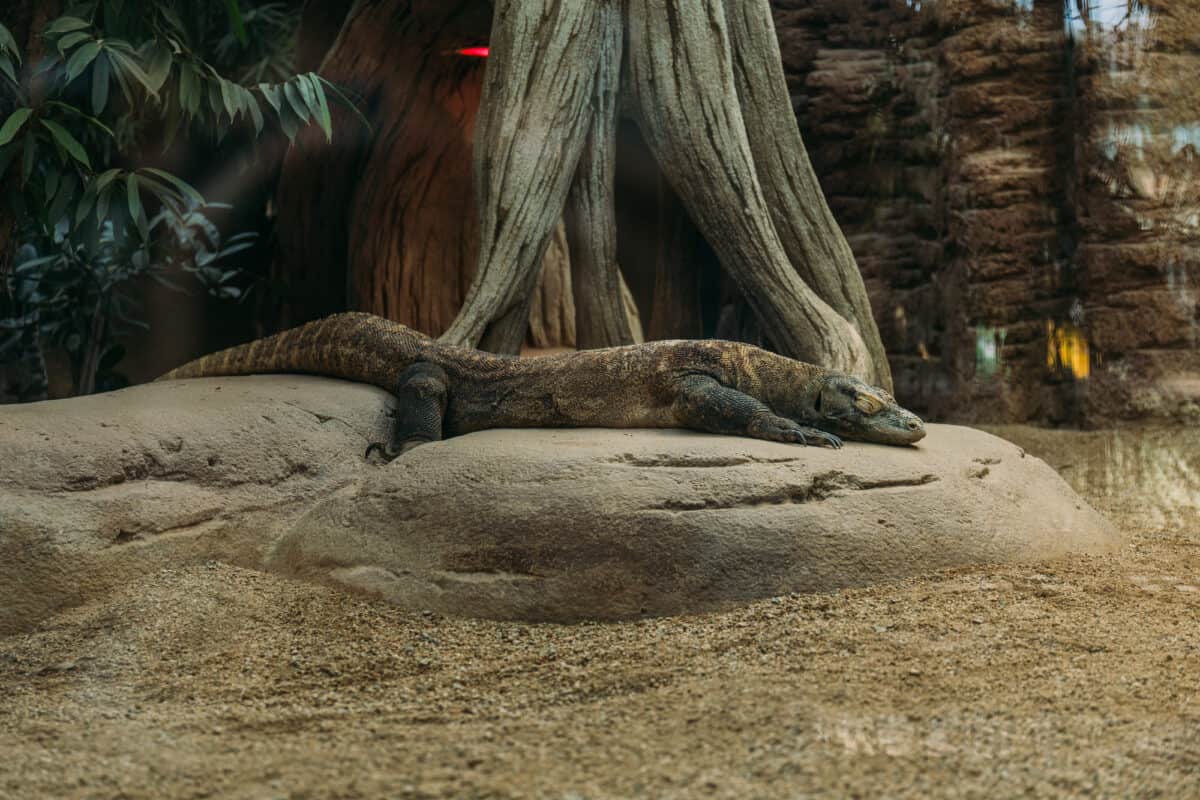
Monitor Lizards
Monitor lizards are skilled climbers and adept swimmers, allowing them to access different habitats and pursue prey efficiently. They are primarily carnivorous, feeding on a diet of insects, small mammals, birds, eggs, and occasionally carrion. Some species, like the water monitor, are known to consume fish and crustaceans.
Komodo Dragons
Komodo dragons are solitary hunters, relying on ambush tactics to capture prey. They possess remarkable patience, waiting for hours or even days near waterholes or game trails for an opportunity to strike. Despite their large size, they are capable of impressive bursts of speed, enabling them to catch agile prey like deer and wild boar.
Bottom Line
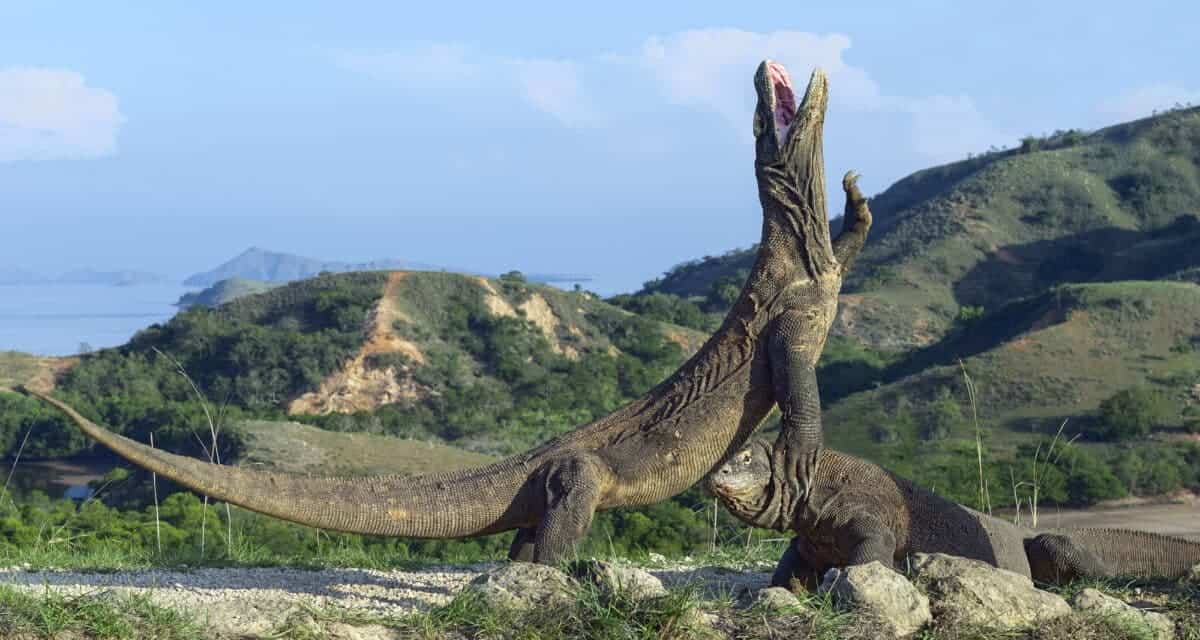
In conclusion, while both monitor lizards and Komodo dragons belong to the same family, they exhibit distinct characteristics in terms of size, habitat, physical appearance, and behavior. Understanding these differences enhances our appreciation for the rich diversity of reptilian life on our planet.
If you enjoyed this article, check out our related article links below for more!
Next up:
- Watch: Lizard Greets Man like a Dog! - April 25, 2024
- Mama Deer Is So Worried About Her Baby - April 25, 2024
- Watch Innocent Baby Bird Walks up to Leopard – Wild Ending! - April 25, 2024

